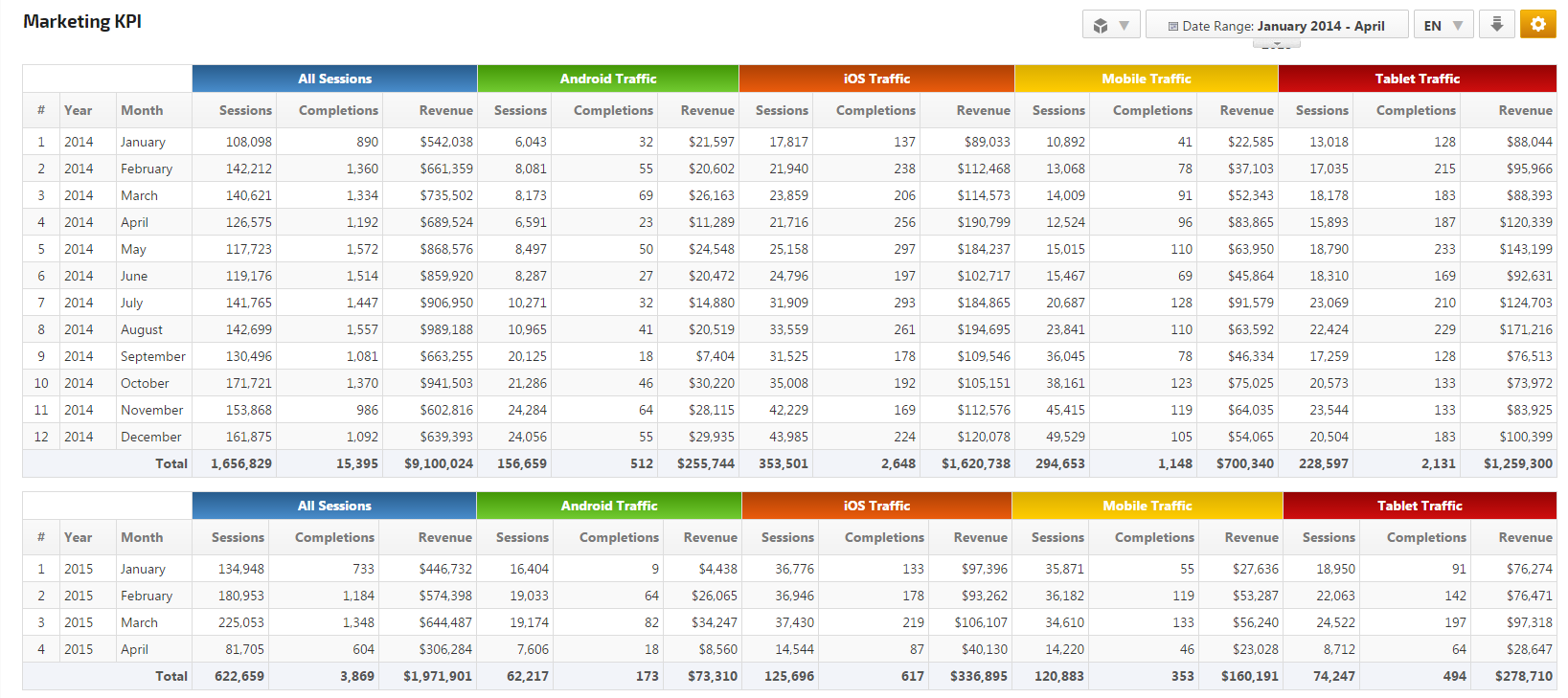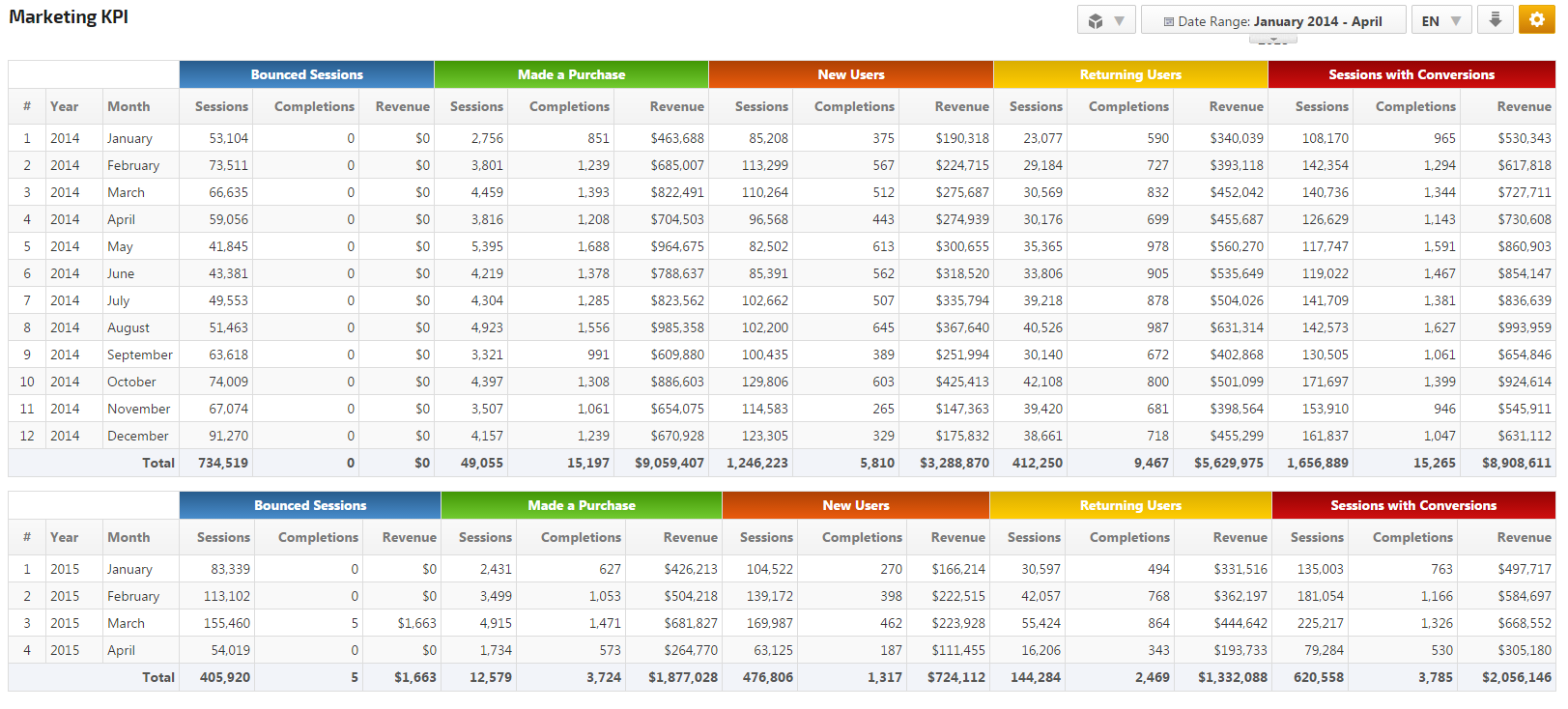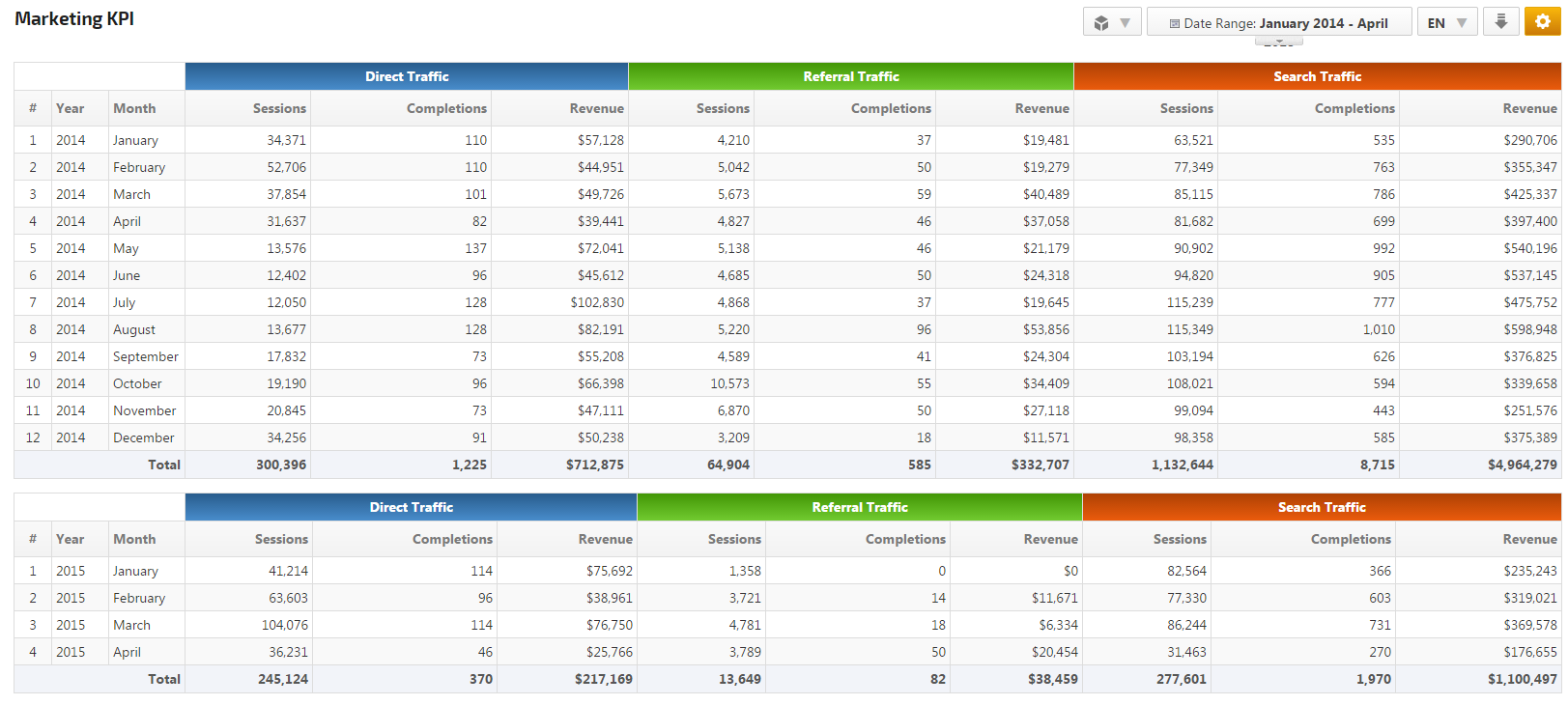Posted by
Michael Lerner
Websites exist as marketing tools, repositories for knowledge, and product commerce. There are many ways to optimize your rankings in Google, mainly through creating great content, thus a great user experience, following Google development guidelines and creating a long term market awareness bringing people to your website.
Conversions are Not a Google Ranking Factor
As much as an increase in organic rankings is important, there are many variables about who is coming to your site and from what sources, and what they are doing at the site once they get there. So although rank may not be dependent on user interactions as John Mueller said in a recent Webmaster Hangout that, “I don’t think we (Google Search) see what people are doing specifically on the website…whether they are converting, filling out forms or spending time on a blog. Google’s not treating these micro conversions as a direct ranking factor. However, it is a good sign that people are taking steps to use your website completely. Conversions don’t automatically count as a benefit in search.” That being true, conversions sure mean a lot to the bottom line. So how do we balance the two efforts, SEO in Google Search and conversions.
Tracking Marketing ROI
Your ROI ultimately will be based on your visitor completions, whether the source of the session is from organic search, PPC or referral link, capturing an email address, phone number or e-commerce transaction is the bottom line. Webmaster Tools and Google Analytics provide good data on which to base your conversion success.
==> Track these 5 SEO KIPs to scale your business
Google Analytics Segments
There’s a whole list of built in segments in Google Analytics, and you can customize these segments and even create your own custom segments to find out in detail where sessions originate and how they proceed. Here’s an extensive list of current Analytics built-in segments:
|
|
Track Conversions & Goals
To track specific conversions and goals in your website, easily set up Google Analytics goals. The challenging aspect of all this data is to make sense of its meaning. You have some numbers, how do you draw conclusions on where to put future dollars? You may ask, what do my phone call trackers’ numbers look like (dependent on the API
for your phone tracking call platform and how you have integrated it
into Google Analytics)? Or who tends to buy or convert the most in my website?
Marketing KPI: Mobile Traffic Completions & Revenue
A basic question might be, how many mobile users do I have entering my site and are they generating revenue?

Marketing KPI: New Users vs. Returning Users and Conversions
Do Returning Users have different behaviors than new organic users?

These correlations can be discovered in several Analytics reports in the Rank Ranger system, and specifically the Marketing KPI analysis report in the screen captures in this post. By integrating the site’s Google Analytics profile with Rank Ranger, you will be able to display, compare and filter your built in segments, custom segments, goal results and transactions.
Marketing KPI: Organic Traffic vs. Referral Traffic and Direct Traffic

Data correlations between Goals, Transactions and Segments allows SEO and digital marketing management to reveal vital factors to online success. The Rank Ranger Marketing KPI report allows you to choose which metrics you want and measure them one against another month over month, year over year – a great tool for analyzing valuable data.
By optimizing your return on investment in this way, you may boost your SEO tremendously as well.

